The error message You require permission from SYSTEM to make changes is an issue Windows users face when trying to modify system files or settings that are protected by the Windows operating system. This message indicates that the user does not have the necessary permissions to perform the desired action without approval from the SYSTEM account, which is the highest level of authority in the Windows operating system.
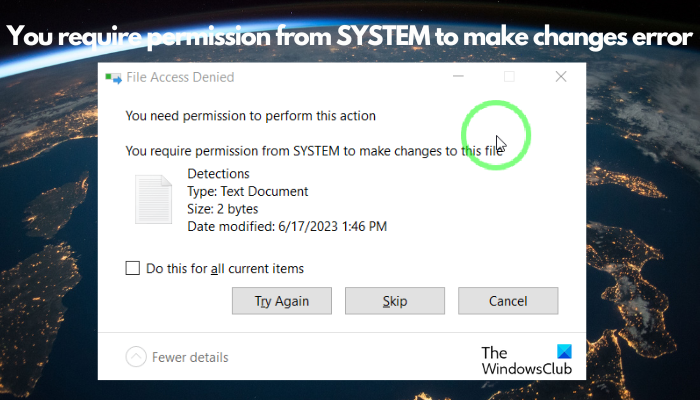
You may encounter this error while copying, moving, or deleting a file or folder. You may also see this error while renaming or opening a file or folder. However, based on our experience, we have curated some potential solutions to help you fix the error.
Fix You require permission from SYSTEM to make changes error
The primary reason why you may encounter the You require permission from SYSTEM to make changes error is that you do not have sufficient permissions to access the file/folder. However, there could be other reasons as well, such as if you are not signed in as the administrator or due to the Group Policy settings in place.
We recommend trying the methods below to fix the error and successfully access the file/folder:
- Check if you are signed in as an administrator
- Change file/folder permissions to Full control
- Take ownership of the file or folder
- Enable the hidden Administrator account
- Verify the Group Policy settings
- Boot your computer into safe mode
- Use free 3rd party software to delete locked files and folders.
Before you begin, you should know that when you change system permissions, it could make your Windows less secure. We therefore recommend that you reverse the Permission changes that you make after you have completed your task.
1] Check if you are signed in as an administrator
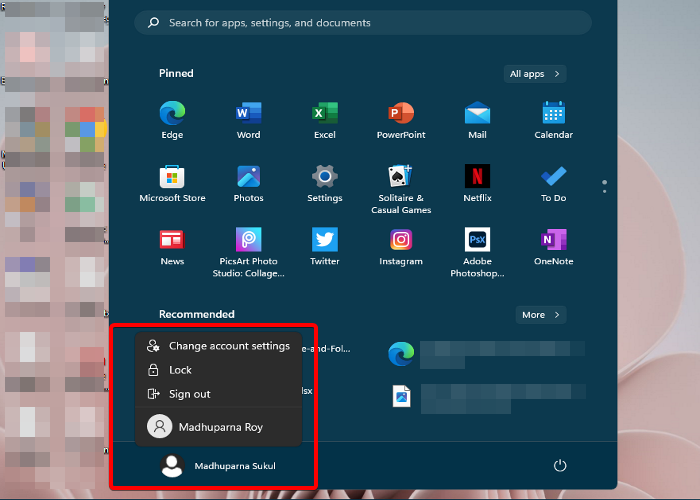
If you are not already signed in as an administrator, this could be the reason why You require permission from the system error. Therefore, make sure you login as an administrator. Once you are signed in as administrator you should be able to modify files or settings.
Read: You require permission to make changes to this folder
2] Change file/folder permissions to Full control
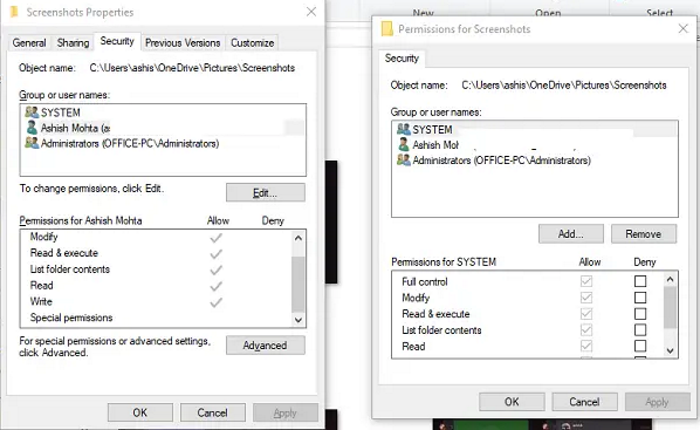
If signing in as an administrator does not help fix the issue, and you are still unable to edit files/folders, then you may need to change the permissions of the file/folder to Full control. Here’s how:
Right-click on the file or folder you want to modify and select Properties.
In the Properties window, select the Security tab and click on the Edit button.
Next, in the new window, under the Group or user names field, select System.
Go to the Permissions for SYSTEM section below and check the boxes under Allow.
Press Apply and OK to save the changes and proceed to edit the file or folder.
3] Take ownership of the file or folder
But if changing the file/folder permission does not help, you can take the full ownership of the files & folders. Before this, you can find out the file and folder ownership information using the Command Prompt. Now, you can proceed to take the ownership as explained below manually:
Right-click on the target file or folder and select Properties.
In the Properties dialogue, select the Security tab and click on Advanced.
Next, in the Advanced Security Settings window, go to the Owner field and select Change.
Now, in the Select User or Group window, go to the Enter the object name to select section and enter your admin user account name. This is the Microsoft account email.
Alternatively, you can also type in Administrator and then click on Check Names.
As it displays your account, click OK to return to the Advanced Security Settings window.
Here, check the box next to Replace owner on subcontainers and objects option. Now, press Apply and OK to save the changes and return to the Properties window.
Again, under the Security tab, click on Edit.
Go to the Groups or user names field and select System.
Now, under the Permissions for SYSTEM field, check all the boxes under Allow.
Press Apply and OK to apply the changes and exit.
The other easier way to take ownership would be to use our portable freeware Ultimate Windows Tweaker.
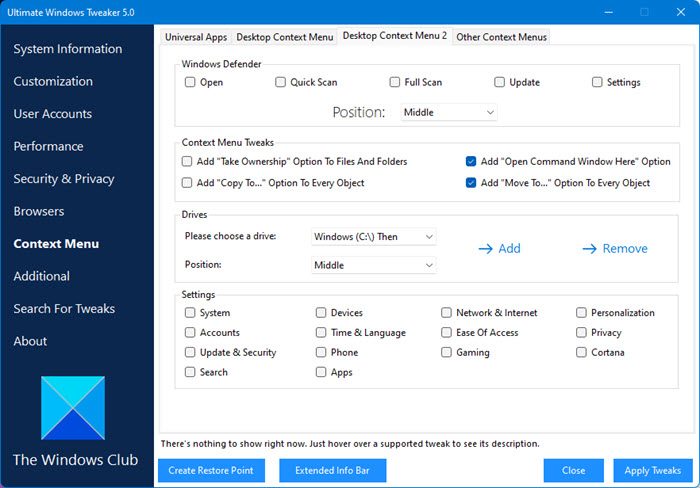
Open Context Menu > Desktop Context Menu 2 section and select Add Take Ownership option to files and folders. Click Apply Tweaks and you will see this option in the context menu after a restart.
Use it to take ownership easily with a click!
Read: You require permission from Everyone to make changes to this file
4] Enable the hidden Administrator account
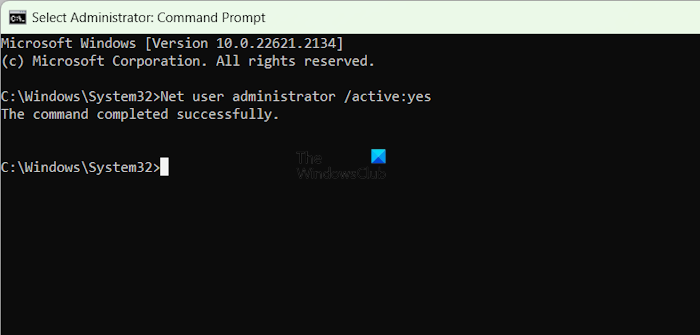
If you are still facing permission issues when trying to modify files/folders, users can enable the hidden administrator account to fix the issue. For this, you must enable the built-in administrator account and then log in to your system using the same account. But please remember that this account does not need a password, so there is no need to set one, and instead, you can disable the same.
5] Verify the Group Policy settings
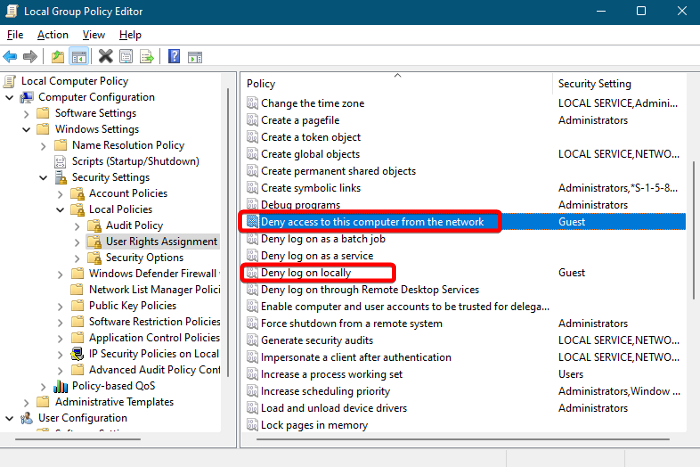
Chances are that you still encounter the You require permission from SYSTEM to make changes error due to incorrect Group Policy settings. Hence, make sure that you verify the settings to fix the problem.
For this, open the Group Policy Editor and navigate to the below path:
Computer Configuration > Windows Settings > Security Settings > Local Policies > User Rights Assignment
Now, on the right, look for policies like Deny access to this computer from the network or Deny log on locally. These are the two settings that usually affect your access rights to file or folders.
Double-click on any policy that seems relevant or each of the policies and check the added user.
If you do not find the administrator account in the configuration, click on the Add User or Group button and add the administrator account. Press Apply and OK to save the changes.
Now, restart your computer to apply any changes made to Group Policy settings.
Note – If you cannot access the Group Policy editor on your system, here’s how to add the Group Policy Editor on your Windows Home edition.
6] Boot your computer into safe mode
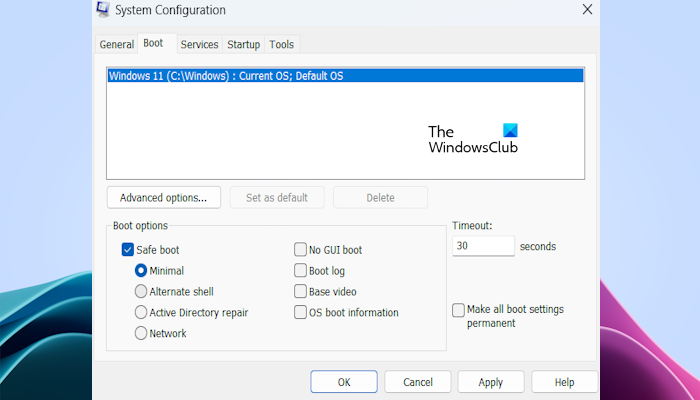
If all of the above methods fail to fix the issue, the only option left would be to modify the files and folders in the Safe Mode. So, boot your PC into Safe Mode and then proceed to edit the file and folders or change the file or folder permissions. See if this works.
Read: You’ll need to provide administrator permission to delete this folder
7] Use free 3rd party software to delete locked files and folders
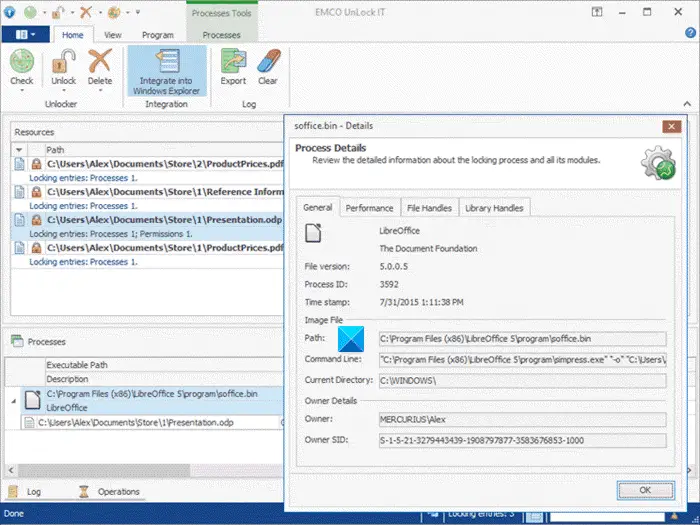
If your objective is to delete the files and folders and you encounter the error, you can use a free File Deleter software to delete locked files and folders. For example, you can use EMCO Unlock It which is a free tool to rename, move or delete any locked file or the Delete Doctor for the same purpose.
Read: You need permission to perform this action on Windows
How do I delete something that needs system permission?
To delete a file or folder requiring system permission, right-click it and select ‘Properties.’ Navigate to the ‘Security’ tab, click ‘Advanced,’ and then ‘Change’ next to the owner. Enter your username, apply the changes, and grant your account full control. Now, you should be able to delete the item.
Why is my computer saying I don’t have permission to access it?
Your computer may display a “No permission to access” message due to insufficient access rights for the current user. Adjusting user account control settings, ensuring proper file and folder permissions, or rectifying a corrupted user profile can often resolve this issue. Checking for Windows updates that might correct permission errors is also important.